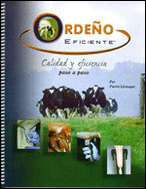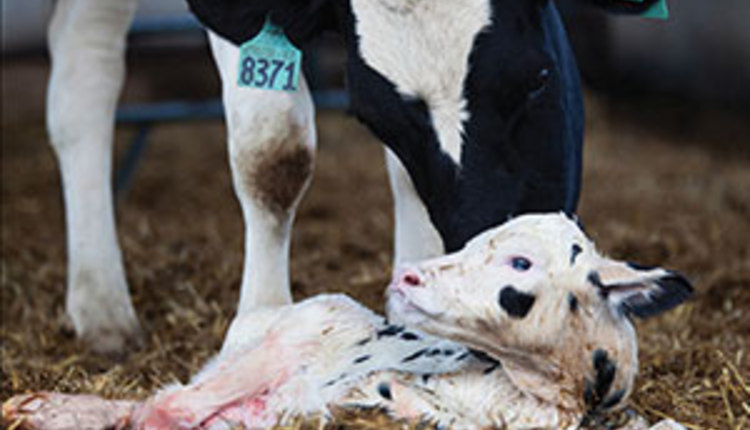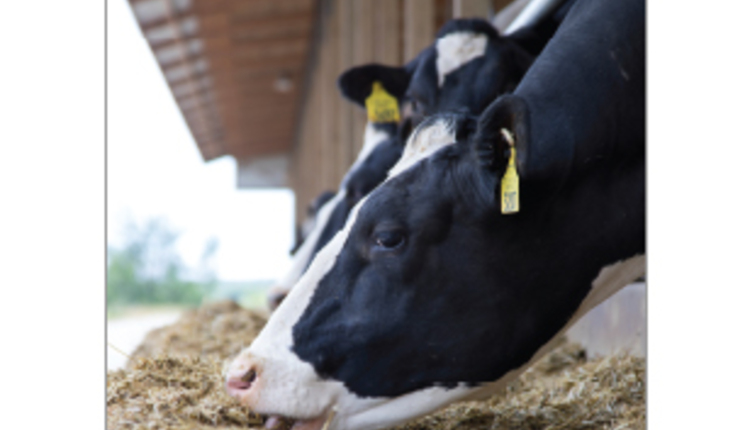
Profitable Milking: Step-by-Step to Milk Quality. Establish a milking routine that everyone follows for greatest efficiency and profitability. The most complete and up-to-date information on milking management. Use as a reference and as a training tool. 60 pages.
CONTENTS
Chapter 1 Milk Letdown The role of oxytocin, The effect of stress, Milkers' attitude, Teat stimulation affects
performance, Cow's approach to the milking parlor, Oxytocin injections.
Chapter 2 Mastitis and Milk Quality What is mastitis? Mastitis affects milk quality, Mastitis detection, More bacteria, more mastitis, Bacteria transmission from milker to cow, Bacteria transmission from cow to cow, Vacuum fluctuations increase risk, Teat damage and mastitis, Bacteria counts, Milk off-flavors, Antiseptic and antibiotic residues, Contagious pathogens, Environmental pathogens, Clinical mastitis.
Chapter 3 Pre-Milking Procedures Milking schedule, Milking 3 or 4 times a day, Milker's hygiene, Washpens, Pre-milking Standard Operating Procedure (SOP), The milking machine.
Chapter 4 Milking Special Cows Cow identification, Milking cows with milk unfit for human consumption, Milking cows with clinical mastitis, Milking cows infected by a contagious bacteria, How to milk cows infected by a contagious bacteria in a parlor, How to milk cows infected by a contagious bacteria in the barn.
Chapter 5 The 8-Step Milking Procedure Establish your own Standard Operating Procedure (SOP), Step 1 Pre-milking observations, Step 2 Forestripping, Step 3 Teat sanitation, Step 4 Attachment, Step 5 Adjustments, Step 6 End of milking, Step 7 Removal, Step 8 Teat disinfection, Automatic take-offs adjustments.
Chapter 6 Teat PrepUnit Attachment sequence Milking in the parlor, Milking in the barn.
Chapter 7 Post-Milking Procedures When a group of cows leaves the parlor, Feeding schedule, Cloth towel sanitation, Post-milking Standard Operating Procedure (SOP).
Chapter 8 Monitoring Milking Clinical mastitis detection, Milk letdown evaluation, Teat sanitation evaluation, Air admission during unit attachment, Liner slip and fall-off monitoring, Teat coverage evaluation, Strip-yield test, Milk filter monitoring, Unit on-time, Parlor throughput, The number of rotation per hour in a milking parlor, Sequence timing in a milking parlor, Labor efficiency in a tie-stall barn, Claw vacuum graph, Measurements from the automated milk measuring system.
Conclusion Best Management Practices Checklist Standard Operating Procedures References Index







